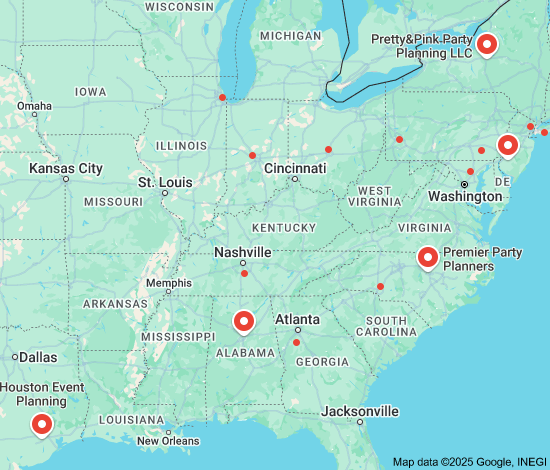The Power of Collaborations
Collaboration is a fundamental aspect of human interaction that has the power to drive innovation, foster creativity, and achieve remarkable results. When individuals or organizations come together to work towards a common goal, the possibilities are endless.
Benefits of Collaboration
Diverse Perspectives: Collaboration brings together people with different backgrounds, experiences, and expertise. This diversity of perspectives can lead to unique solutions and innovative ideas that may not have been possible otherwise.
Shared Resources: By collaborating, individuals and organizations can pool their resources, whether it be knowledge, skills, or finances. This shared effort can result in more efficient and effective outcomes.
Increased Impact: When multiple parties collaborate on a project or initiative, the impact can be greater than if each party worked in isolation. Collaborations have the potential to reach a wider audience and create lasting change.
Successful Collaborations in History
Throughout history, there have been numerous examples of successful collaborations that have shaped the world we live in today. From scientific breakthroughs to social movements, collaborations have played a crucial role in driving progress.
- The Apollo Program: The successful moon landing by NASA’s Apollo program was made possible through the collaboration of thousands of scientists, engineers, and astronauts working towards a common goal.
- The Civil Rights Movement: The Civil Rights Movement in the United States was driven by collaboration among activists, community leaders, and ordinary citizens who came together to fight for equality and justice.
- The Human Genome Project: The mapping of the human genome was achieved through an international collaboration involving scientists from around the world working together to unlock the secrets of our genetic code.
Cultivating Collaboration
To foster successful collaborations, it is essential to cultivate an environment of trust, open communication, and mutual respect. Setting clear goals, establishing roles and responsibilities, and maintaining transparency are key factors in ensuring that collaborations thrive.
Whether in business, academia, or social activism, collaborations have the power to drive positive change and create a better future for all. By embracing collaboration as a guiding principle in our interactions with others, we can unlock new possibilities and achieve remarkable feats together.
Understanding Collaborations: Answering Your Top 6 FAQs
- Is it collaboration or collaborations?
- Why does collaboration mean?
- What collaboration really means?
- What is the meaning of the word collaborate?
- What are the 3 types of collaboration?
- What do we mean by collaborations?
Is it collaboration or collaborations?
When considering the distinction between “collaboration” and “collaborations,” it is important to understand the subtle nuances in their usage. “Collaboration” typically refers to the act of working together with others towards a common goal or purpose. On the other hand, “collaborations” often denotes multiple instances or examples of collaborative efforts. While “collaboration” emphasizes the concept of teamwork and cooperation, “collaborations” highlight specific instances or projects where such teamwork has occurred. Both terms play a vital role in emphasizing the importance of collective action and shared endeavors in achieving success across various fields and disciplines.
Why does collaboration mean?
Collaboration refers to the act of individuals or groups working together towards a common goal or objective. It involves sharing ideas, resources, and responsibilities to achieve a desired outcome that benefits all parties involved. Collaboration is essential in fostering innovation, building strong relationships, and driving positive change in various fields such as business, education, and social activism. By harnessing the collective expertise and efforts of diverse individuals, collaboration can lead to more effective solutions, increased creativity, and a greater impact on society as a whole.
What collaboration really means?
Collaboration is more than just working together towards a common goal; it embodies the essence of shared effort, mutual respect, and collective achievement. True collaboration goes beyond mere cooperation and involves active participation, open communication, and a willingness to leverage diverse perspectives and skills for the greater good. It is about building relationships, fostering trust, and embracing the idea that together, we can achieve more than we ever could alone. Collaboration is a dynamic process that requires commitment, flexibility, and a shared vision to create meaningful impact and lasting change in our communities and beyond.
What is the meaning of the word collaborate?
Collaborate is a verb that means to work together with others or cooperate with them to achieve a common goal. When individuals or groups collaborate, they combine their efforts, skills, and resources in a coordinated manner to accomplish tasks or projects more effectively than they could on their own. Collaboration often involves sharing ideas, responsibilities, and decision-making to create synergy and produce outcomes that benefit all parties involved. Effective collaboration requires communication, trust, and mutual respect among participants to foster a productive working relationship.
What are the 3 types of collaboration?
Collaboration can take on various forms, each with its unique characteristics and benefits. The three primary types of collaboration are cooperation, coordination, and co-creation. Cooperation involves individuals or groups working together towards a shared goal while maintaining their independence. Coordination focuses on aligning efforts and resources to achieve a common objective efficiently. Co-creation goes a step further by involving partners in the creative process to generate innovative solutions collectively. Understanding these different types of collaboration can help organizations and individuals choose the most suitable approach to maximize their impact and achieve successful outcomes.
What do we mean by collaborations?
Collaborations refer to cooperative efforts between individuals, groups, or organizations who come together to work towards a shared goal or objective. In a collaborative setting, participants combine their resources, expertise, and perspectives to achieve outcomes that may not be possible through individual efforts alone. Collaboration involves communication, coordination, and mutual respect among all parties involved, with the ultimate aim of leveraging collective strengths to drive innovation, foster creativity, and achieve meaningful results. By embracing collaborations, individuals and entities can tap into a diverse range of skills and experiences to address complex challenges and create positive impact in various fields.




